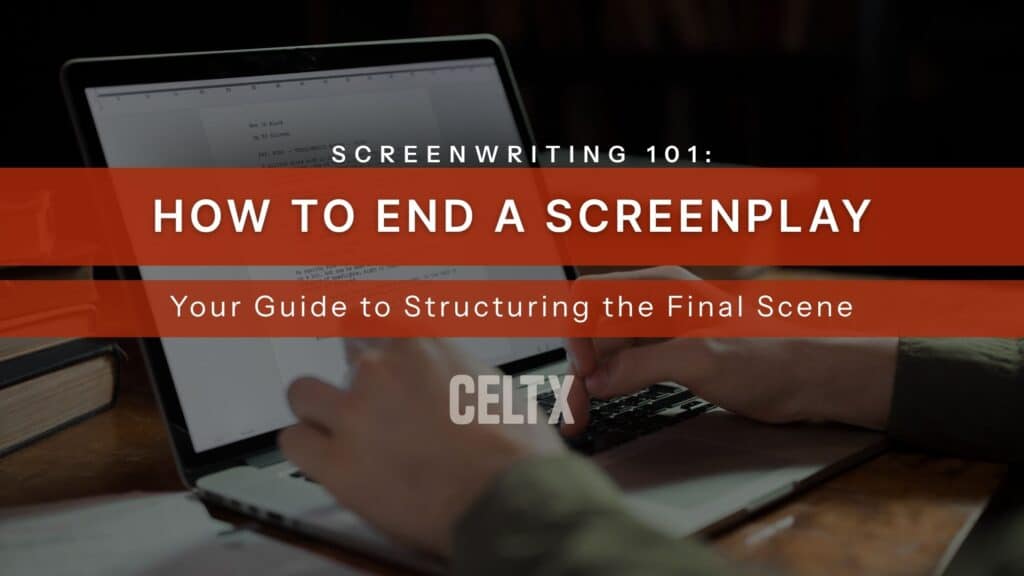
Okay, so maybe you can mess up a movie’s beginning and maybe the audience will forgive you. But mess up the ending, and they’ll never let you live it down. So how do you end a screenplay?
Endings are sticky. They’re what people remember. They are what make someone walk out of a theater silent and teary-eyed… or rolling their eyes. The final scene of your screenplay is the proof that the story you’ve been telling was worth telling at all.
So how do you end a screenplay in a way that feels both inevitable and surprising? How do you tie up all the narrative threads without making it feel like you’re checking off a to-do list?
In today’s blog, we’ll unpack all these questions and more. From structure to theme to the emotional sucker punch your audience will never forget, you’ll learn how to craft the killer ending your story needs.
Let’s go.
Why the Ending is Everything
If the opening is your promise to your audience, the ending is the payoff.
Think about it: the last ten minutes of a story determine how we feel about the first hundred. We forgive slow setups if the finale delivers. A strong ending can retroactively make a movie feel smarter, deeper, or more intentional than it really is (hi, The Sixth Sense!)
Your final pages are the moment your story proves what it’s about. The climax may resolve the external conflict, but the ending is what resolves the emotional and thematic journey. And when an audience reaches the end of a movie, they should feel one of two things. Either “that’s exactly how it had to end,” or “I didn’t see that coming, but it feels right.” That’s your bullseye.

The Narrative Function of the Ending
A well-structured ending defines the story’s meaning. Every screenplay, no matter the genre, is about transformation under pressure. The ending is where that transformation is proven (or denied). It’s where you reveal whether your hero actually learned the lesson buried inside your premise.
In structure terms, the ending is the proof of concept for your theme. For example, if your theme is “love conquers fear”, the ending has to show that love conquers fear. Or in a tragic version, the fear still wins. Either way, you’re answering the question your story posed in Act One.
Take Inside Out. The theme is that sadness is essential to emotional growth. How does it end? Joy steps aside and lets Sadness take control, proving the film’s thesis.

And in Whiplash, the theme is that greatness requires sacrifice. In the final scene, Andrew achieves musical transcendence but at the cost of everything else. The ending embodies the theme here.
So, when you’re structuring your final scene, ask:
- What is my story saying about the world?
- How can the final moment prove that statement visually, emotionally, and structurally?
The Two Essential Questions
At the heart of every ending are two deceptively simple questions:
- Did the protagonist change?
- Did they get what they want?
Both of these are the twin pillars of story closure. Let’s unpack both:
1. Did the protagonist change?
If they didn’t, the story isn’t complete, it’s just over.
Change doesn’t always mean improvement. It’s means movement, from ignorance to understanding, from gear to courage, from isolation to connection. Even tragic endings fulfil this if the character becomes aware of their failure.
For example, Michael Corleone in The Godfather. Did he change? Absolutely, he transforms from reluctant son to ruthless don.
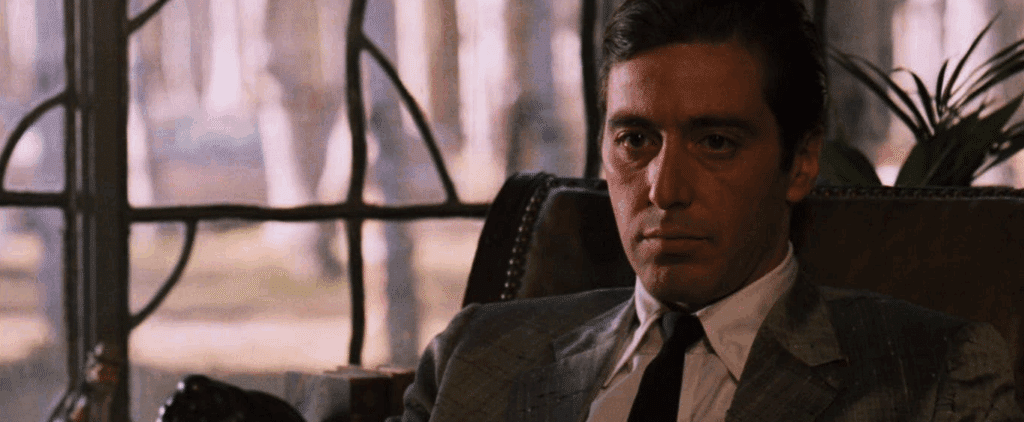
2. Did they get what they want?
Your character’s ‘want’ drives the external plot; their ‘need’ drives the internal one. The ending is where those two collide.
In La La Land, both Mia and Sebastian get what they wanted (career success), but lose what they needed (each other). The bittersweet ending feels inevitable because it perfectly answers both questions: yes, they changed, and no, they didn’t get both forms of fulfillment. That’s structure, not accident.
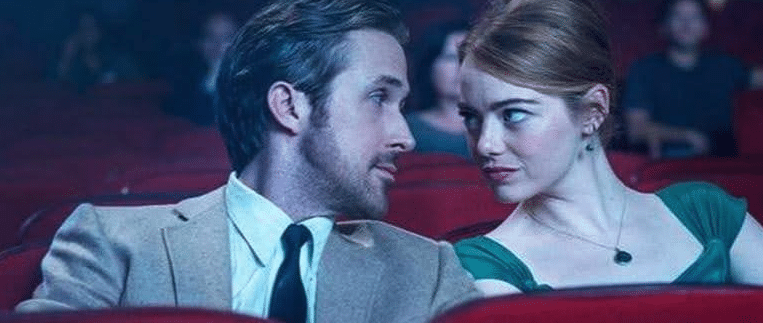
When you’re designing your ending, answer those two questions clearly, even if the story’s surface is complex. That’s what gives your finale weight.
Structural Categories of Endings
There are three main types of endings in screenplay structure and understanding which one you’re writing will guide every decision in your final pages.
Resolved Endings
In resolved endings, both external and internal conflicts are answered. The protagonist’s arc is complete.
Take Rocky. He loses the fight (external defeat) but wins self-respect (internal victory). The ending is emotionally closed even though the plot could continue.
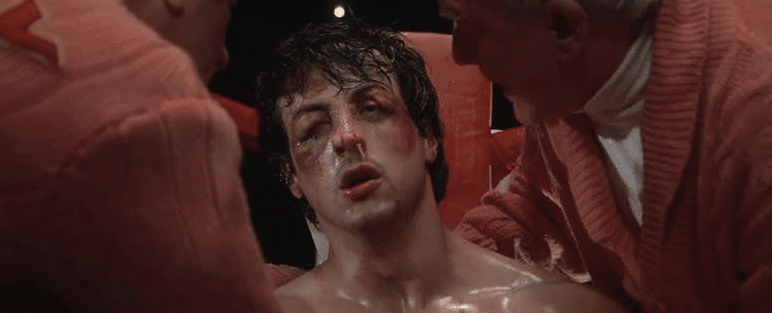
Resolved endings give your audience a sense of completion, because they’re satisfying, clean, and often cathartic. They’re great for mainstream genres like drama, romance, sports, biopics, and adventures.
To write one well:
- Close both arcs: the ‘plot question’ and ‘heart question’.
- Mirror your setup. For example, if you opened on loneliness, end on connection (more on this later!)
- Deliver emotional symmetry. Audiences want the sense that everything mattered.
Ambiguous Endings
Either the internal or external question remains open. The audience must interpret what happens next.
In Inception, we wonder whether the top falls or not. Nolan doesn’t answer, because the story’s theme isn’t about reality but about Cobb’s peace of mind. The ambiguity forces us to decide what we believe.

Ambiguous endings work well when:
- The theme invites uncertainty.
- The audience can emotionally fill in the gap.
- You’ve earned their trust through consistent logic.
If your story ends without clarity because you didn’t decide what happens, that’s more evasion. But if your story leaves space for interpretation while delivering emotional closure, that’s mastery!
Check out more ambiguous endings here.
Twist Endings
Twist endings are the ultimate surprise that occurs to recontextualize the story.In The Sixth Sense the twist shocks and proves the theme. Malcolm’s inability to let go of the past becomes literal; his death embodies his emotional flaw.
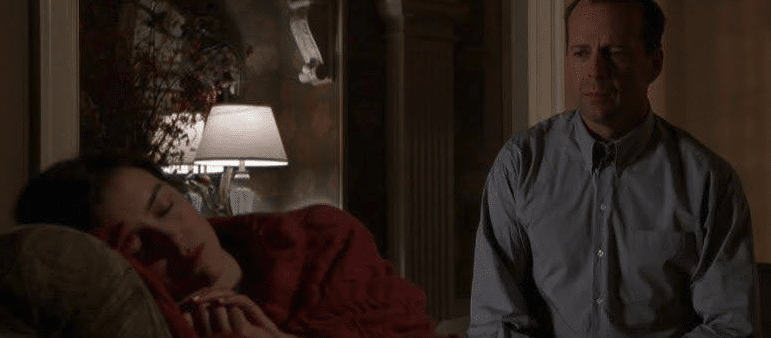
A great twist:
- Must feel both unexpected and inevitable in hindsight.
- Should answer, not reopen, your thematic question.
- Can’t exist purely to shock; it has to deepen meaning.
Don’t fall into the trap of the bad twist: “it was all a dream!”. Instead, it should be something like: “You misunderstood what you thought you knew, and now it makes perfect sense.”
When in doubt, remember: the twist must serve story logic and emotional truth.
Paying Off the Opening
A satisfying ending always talks to its beginning.
This is the principle of structural mirroring. It’s the idea that the final image should reflect or invert the opening image.
If your movie opens with your protagonist running away, maybe it ends with them running toward something. If the first scene shows them alone at breakfast, the last might show them surrounded by people or still alone, but at peace with it.
This is why screenwriting gurus love Blake Snyder’s “Closing Image” beat: it’s the visual representation of change. You don’t tell the audience the arc, but you show it.
Examples include:
- The Matrix: Neo begins as a confused office worker and ends as a god of his own reality.
- Titanic: Rose begins as a trapped young woman and ends as a liberated one, her story coming full circle as she drops the Heart of the Ocean into the sea.
- Get Out: The film opens with a sense of unease about race and ends with the cathartic justice of survival and exposure.

The best endings tie up the plot and close the emotional equation set up in the opening.
Examples of Iconic Endings
Let’s break down how two iconic endings achieve this balance of emotion, structure, and theme.
Casablanca (1942)
Rick starts as a cynical man who “sticks his neck out for nobody.” By the end, he risks everything to save Victor and Ilsa, proving he’s rediscovered his idealism.
External answer: He helps them escape.
Internal answer: He regains his moral compass.
The final line, “Louis, I think this is the beginning of a beautiful friendship” is both resolution and rebirth. The story closes, but Rick’s new life begins. It’s satisfying because it completes his arc and mirrors the opening cynicism with earned hope.
The Sixth Sense (1999)
Malcolm’s goal is to help a boy who sees dead people. His flaw is his inability to let go of his own life.
The twist (that Malcolm is dead) shocks the audience and resolves his arc. He finally accepts death, freeing both himself and Cole from their suffering.
What makes this work is that the twist is thematic proof: denial versus acceptance. Every scene leading up to it plays fair, and the ending recontextualizes the entire narrative without betraying the story’s emotional truth.
That’s the holy grail: surprise that feels inevitable.
FAQs
An ambiguous ending leaves interpretation to the audience. A twist ending changes the audience’s understanding of what came before.
Ambiguity = multiple possible truths.
Twist = one hidden truth revealed.
Think Inception (ambiguous) vs. Fight Club (twist).
Neither is “better.” What matters is truthful. If your theme demands a bittersweet resolution, don’t force a smile. If your genre promises uplift (like a rom com), don’t end with nihilism. The emotional tone must fit the story’s contract with the audience. Great endings feel earned, not engineered.
Usually, the final scene itself runs 1–3 pages, depending on pacing. The entire ending sequence (from climax to fade out) often spans 5–10 pages in a 110-page script.
But it’s all about rhythm. End too abruptly and it feels rushed; linger too long and you lose momentum. Once your story’s emotional question is answered, cut to black.
The “Closing Image” (from Blake Snyder’s Save the Cat!) is the final shot that visually demonstrates how your hero has changed. It’s your story’s full-circle moment.
Example:
– Toy Story 3: Andy drives away, leaving Woody behind. The child becomes the adult.
– The Social Network: Zuckerberg refreshes his ex’s profile—proof he won the world but lost connection.
Think of it as your story’s last word.
Format your ending like any other scene. But if you’re including a FADE OUT., place it flush right at the end (industry standard).
Avoid writing “THE END” unless it’s part of the tone or genre (for example, nostalgic homage).
And remember don’t overwrite. The ending scene should read clean, confident, and cinematic. White space is your friend.
Conclusion
The ending of your screenplay is the final argument of your story. It’s where you prove that the journey mattered. Where structure meets soul. Your screenplay’s ending is what separates “a story that happened” from “a story that meant something.”
If you’ve done your job, the reader won’t just understand your ending—they’ll feel it. That’s the difference between a fade out and an afterglow.
Because long after they’ve closed your script or left the theater, what they’ll remember isn’t just what happened. It’s how it made them feel—and what it told them about being human.
So, write your last scene like it’s your last line of poetry. End with intention. End with heart. And above all, end with meaning.
Focus on your story, not your formatting.
Let Celtx’s Script Editor automatically apply all industry rules while you focus on the story.
Up Next:
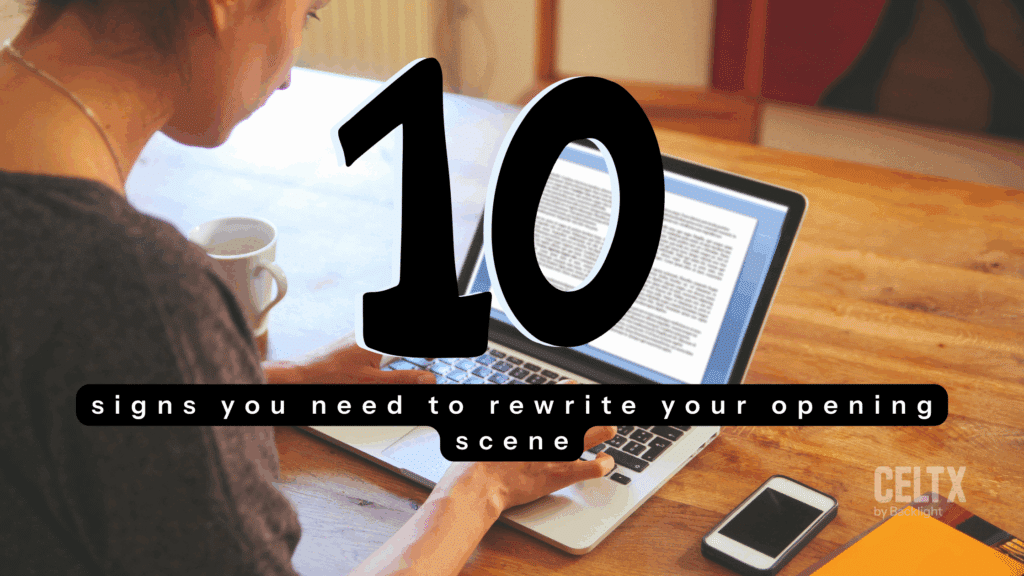
10 Signs You Need to Rewrite Your Opening Scene
A strong ending hits harder when your opening is just as sharp. This guide helps you evaluate your first pages, tighten your setup, and make sure your story starts with purpose.
